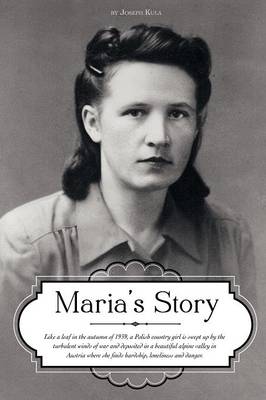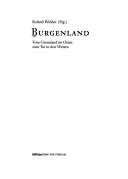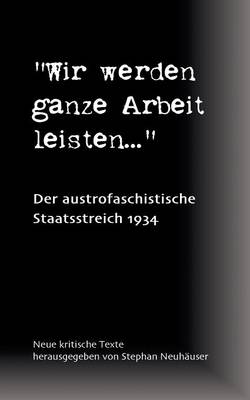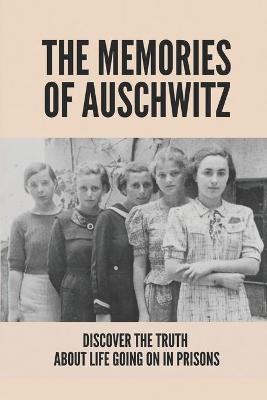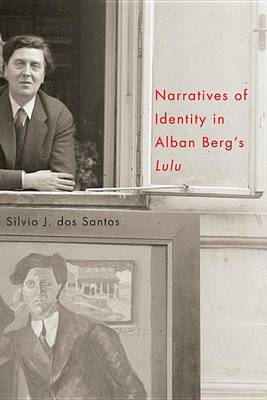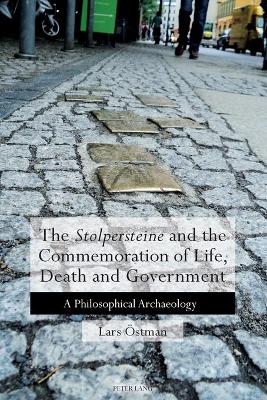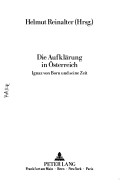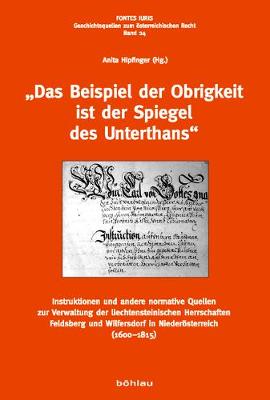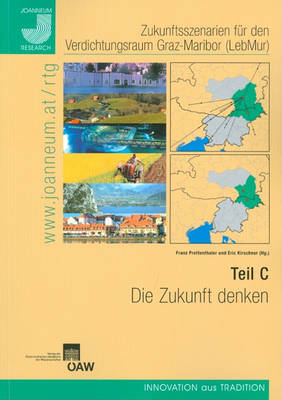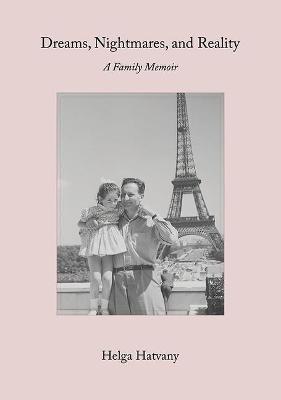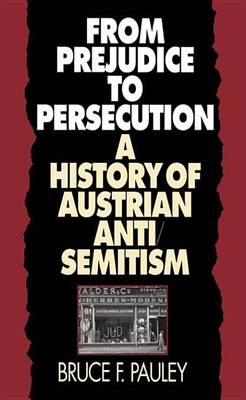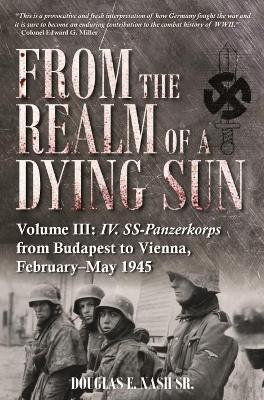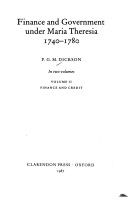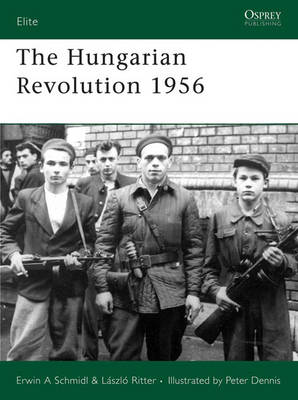In the decades leading up to World War I, nationalist activists in imperial Austria labored to transform linguistically mixed rural regions into politically charged language frontiers. They hoped to remake local populations into polarized peoples and their villages into focal points of the political conflict that dominated the Habsburg Empire. But they often found bilingual inhabitants accustomed to cultural mixing who were stubbornly indifferent to identifying with only one group.Using examples...
Osterreichisches Jahrbuch Fur Politik 2019 (Osterreichisches Jahrbuch Fur Politik, #2019)
Burgenland (Schriften Des Instituts Fur Kunstgeschichte, Akademie Der Bi, #5)
Wir werden ganze Arbeit leisten... - Der austrofaschistische Staatsstreich 1934
by Stephan Neuhauser
Narratives of Identity in Alban Berg's "Lulu" (Eastman Studies in Music)
by Silvio J Dos Santos
Exploring the crossroads between autobiographical narrative and musical composition, this book examines Berg's transformation of Frank Wedekind's Erdgeist and Die Buchse der Pandora -- the plays used in the formation of the libretto for Lulu -- according to notions of gender identity, social customs, and the aesthetics of modernity in the Vienna of the 1920s and 1930s. While Berg modernized several aspects of the plays and incorporated serial techniques of composition from Arnold Schoenberg, he...
The 'Stolpersteine' and the Commemoration of Life, Death and Government
by Lars OEstman
Since the beginning of the 1990s, the German artist Gunter Demnig has been installing his Stolpersteine [Stumbling Stones] all over Europe - including Russia - to commemorate the victims of National Socialism. Today, the Stolpersteine constitute the world's second largest Holocaust monument. In this book the author addresses some of the most crucial issues raised by these memorial stones. Taking as his point of departure the philosophy of Giorgio Agamben, Michel Foucault and Martin Heidegger, th...
Die Aufklaerung in Oesterreich (Schriftenreihe Der Internationalen Forschungsstelle "Demokra, #4)
Zukunftsszenarien Fur Den Verdichtungsraum Graz-Maribor (Lebmur)
by Clemens Habsburg-Lothringen, Nicole Hohenberger, Eric Kirschner, Franz Prettenthaler, and Thomas Schinko
Count Stephen Tisza, Prime Minister of Hungary (American University Studies, #97)
by Istvan Tisza
Die Protokolle Des Osterreichischen Ministerrates 1848-1867 Abteilung III: Das Ministerium Buol-Schauenstein Band 4
by Waltraud Heindl
According to Simon Wiesenthal, nearly half of the crimes associated with the Holocaust were committed by Austrians, who comprised just 8.5 percent of the population of Hitler's Greater German Reich. Bruce Pauley's book explains this phenomenon by providing a history of Austrian anti-Semitism and Jewish responses to it from the Middle Ages to the present, with a particular focus on the period from 1914 to 1938. In contrast to works that view anti-Semitism as an inherent national characteristic, h...
In the closing months of World War II, with Budapest’s fall on 12 February 1945 and the breakout attempt by the IX SS-Gebirgskorps having failed, the only thing the IV. SS-Panzerkorps could do was fall back to a more defensible line and fortify the key city of Stuhlweissenburg. Exhausted after three relief attempts in January 1945 and outnumbered by the ever-increasing power of Marshal Tolbukhin’s Third Ukrainian Front, SS-Obergruppenführer Gille’s veterans dug in for a lengthy period of defensi...
Le Mur de Berlin (L'Allemagne Dans Les Relations Internationales / Deutschland, #10)
Finance and Government Under Maria Theresa, 1740-80
by Professor Peter George Muir Dickson
This large-scale study provides a new and comprehensive picture of finance, government, and society in the Habsburg lands in the reign of the great reforming Empress Maria Theresia of Austria (1740-1780). Despite extensive work on the subject in the nineteenth and early twentieth centuries, many aspects of Maria Theresia's reign have remained obscure, and historians have been uncertain whether to place her in the same tradition of enlightened despotism as her son Joseph II (1780-1790). By drawin...
The Hungarian Revolution of October 1956 was the most important armed rising against the USSR during the Cold War. The spontaneous demonstrations by students and workers were joined by Hungarian soldiers, and the first Soviet troops sent in to crush the insurgence were forced to withdraw. However, after a brief hopeful pause, stronger Soviet forces invaded again, bring with them tanks, paratroopers and NKVD units. The rebels were crushed. Published to mark the 50th anniversary of this uprising,...


